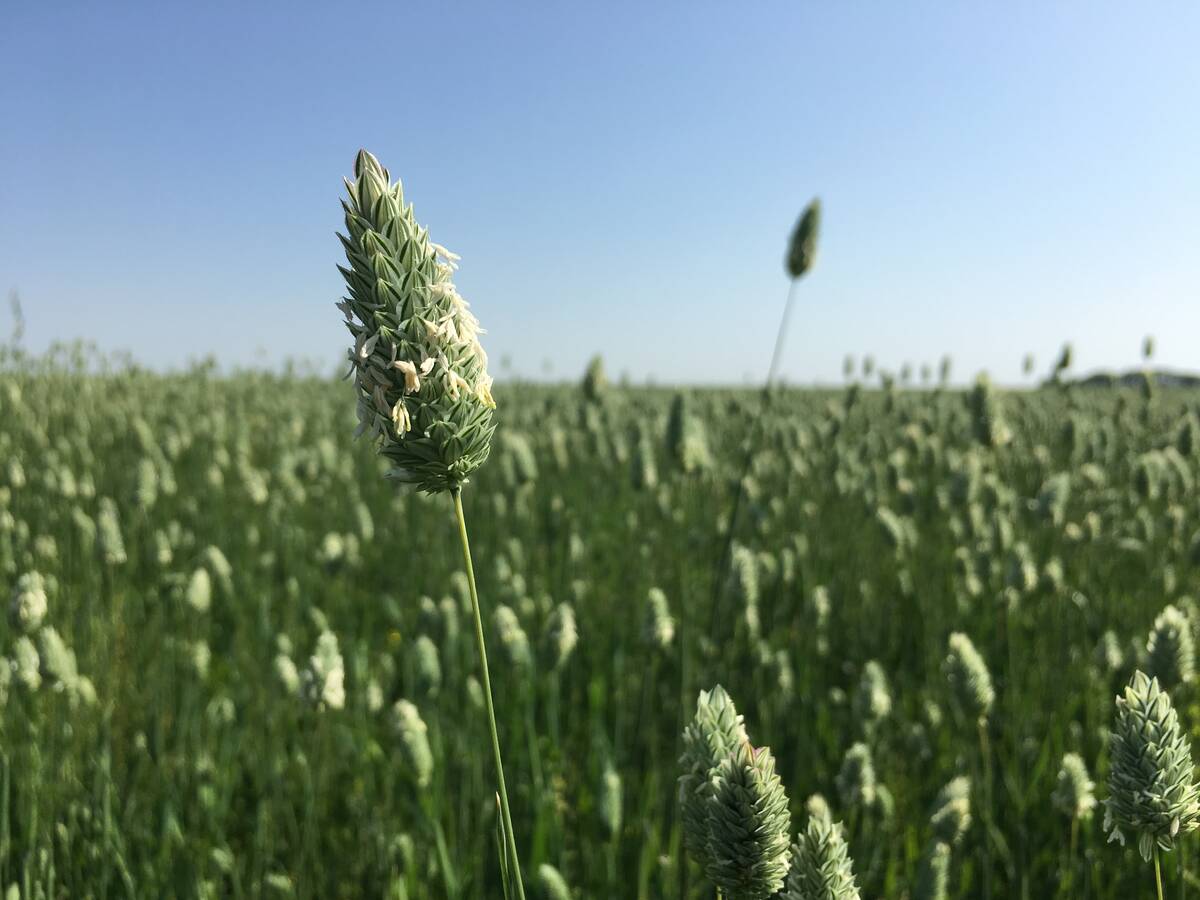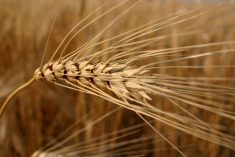No one wants to feed $2.50 per bushel oats to their livestock.
It seems like a crazy idea. After all, aren’t feed grains the cheap crops you only get value from by feeding them to a hog or calf?
But if you aren’t going to feed $2.50 oats to the livestock, what are you going to feed them? Your $4 barley?
It’s an unusual dilemma, but one that, when resolved, will answer the question of what happens to the huge stockpile of oats on prairie farms, said analyst Randy Strychar of Ag Commodity Research.
Read Also

No special crop fireworks expected
farmers should not expect fireworks in the special crops market due to ample supplies.
“I think they’re going to feed a lot more oats,” he said.
“Your cheapest feed component on-farm right now is oats.”
Oats are a common but poorly regarded feed grain on the Prairies. Barley is by the far the favourite of most livestock feeders, followed by imported corn. But if farmers fed a lot of their oats at home this year they could draw down the surplus overhanging the market.
Year end stocks are forecast at 1.2 million tonnes. That’s worrisome for growers, because oat prices are low compared to other crops and if overall crop prices drop, oats could fall to the bottom.
Oat prices might seem good compared to historical norms, said Strychar, but that disguises how the crop has slipped compared to barley. Last crop year oats drew a $53 per tonne premium to barley, but now they are at a $29 per tonne discount to barley. That’s a drop of more than $80 in relative value.
Oats haven’t traded at such a discount since 2000.
It could get worse. Strychar said commercial oat buyers have mostly filled their needs until spring.
Strychar said many farmers contracted a lot of production last winter and spring and are delivering that grain now, but when the ocean of unpriced grain hits the cash market it could swamp it, putting farmers in the now-unfamiliar position of being price-takers.
“Growers have had six good years, but it’s flipped,” said Strychar.
“Growers are going to be chasing the demand, not the other way around like they’re used to.”
The best hope for growers is that they use up a lot of their oats on their own farms, feeding it to their animals.
That could shave ending stocks to one million tonnes from the forecast of 1.2 million, Strychar said. It’s still more than the five year average of 800,000 tonnes, but not as price drepressing.
In response to continuing weak relative prices for oats, Strychar expects to see 2008 seeded acreage drop about five percent.















